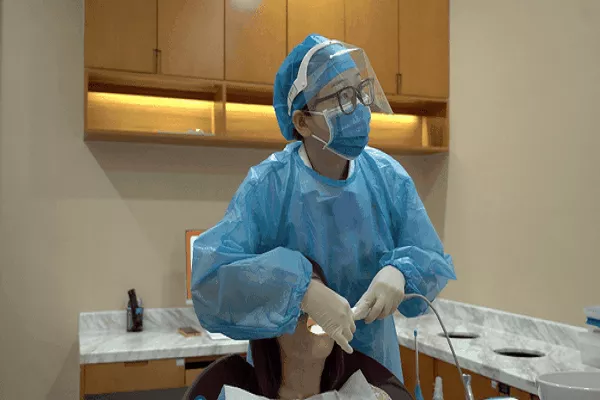Experiencing tooth pain or discomfort after having a dental filling is a common concern. You might be wondering, “Why does my tooth filling hurt after months?” While dental fillings are typically intended to alleviate toothache and restore dental health, there are several reasons why you might still experience pain or sensitivity in a filled tooth months after the procedure. In this comprehensive guide, we will explore the potential causes of post-filling discomfort, when to seek professional advice, and possible solutions to address the issue.
Understanding Dental Fillings
Dental fillings are restorative procedures used to repair teeth that have been damaged by decay (cavities) or minor fractures. The primary purpose of a dental filling is to remove the decayed or damaged portion of the tooth and replace it with a suitable filling material. Dental fillings can help alleviate pain, restore tooth structure, and prevent further decay.
Why Might a Tooth Filling Hurt After Months?
While dental fillings are generally successful in resolving toothache and restoring function, there are several reasons why you might experience discomfort or pain in a filled tooth months after the procedure:
Tooth Sensitivity:
Cause: Tooth sensitivity is a common issue after dental fillings, especially with tooth-colored composite fillings. It can occur due to temperature changes (hot or cold) or pressure on the tooth.
Solution: Sensitivity often subsides on its own. You can use desensitizing toothpaste or gels, avoid extremely hot or cold foods, and maintain good oral hygiene to reduce sensitivity.
High Filling:
Cause: Sometimes, a dental filling may be slightly too high, causing the opposing teeth to hit it first when you bite or chew. This can lead to discomfort and pain.
Solution: If you suspect a high filling, visit your dentist for an adjustment. They can carefully reshape the filling to ensure proper alignment with your bite.
Nerve Irritation:
Cause: The dental filling process can sometimes irritate the tooth’s nerve, leading to lingering pain or discomfort.
Solution: In some cases, the tooth may require additional time to heal. However, if the pain persists, consult your dentist to assess the situation.
Cracked or Fractured Filling:
Cause: Over time, dental fillings can wear down, crack, or develop small fractures, allowing bacteria to enter and cause pain.
Solution: Your dentist will examine the filling and may recommend a replacement if damage is detected.
Secondary Decay:
Cause: In some instances, new decay may develop around or under the filling, leading to pain or sensitivity.
Solution: Your dentist will assess the area and recommend treatment, which may include replacing the filling and addressing the new decay.
Gum Recession:
Cause: Gum recession can expose the tooth’s root surface, making it more susceptible to sensitivity and discomfort, especially if the filling is close to the gumline.
Solution: Your dentist may recommend treatments to address gum recession or suggest desensitizing agents to alleviate discomfort.
Allergic Reaction:
Cause: Some individuals may have allergic reactions to specific dental materials used in the filling, leading to discomfort.
Solution: Consult your dentist if you suspect an allergic reaction. They can recommend alternative materials for future dental work.
Infection:
Cause: In rare cases, infection can develop in the tooth or the surrounding tissues, leading to pain and discomfort.
Solution: If infection is suspected, your dentist will evaluate the situation and recommend appropriate treatment, which may include a root canal.
When to Seek Professional Advice
If you experience persistent or severe pain in a filled tooth after several months, it’s essential to seek professional advice from your dentist. They can perform a thorough examination, including X-rays, to identify the underlying cause of your discomfort and recommend appropriate treatment or adjustments.
Conclusion
Experiencing tooth pain or discomfort after having a dental filling is not uncommon and can have various causes, including sensitivity, high fillings, nerve irritation, or issues with the filling itself. While some discomfort is normal and may subside over time, persistent or severe pain warrants a visit to your dentist. Early intervention and addressing the underlying cause of the pain are essential to ensure your dental health and overall well-being. By working closely with your dentist, you can identify and resolve the issue, allowing you to enjoy a pain-free and healthy smile.
Related Topics:
































